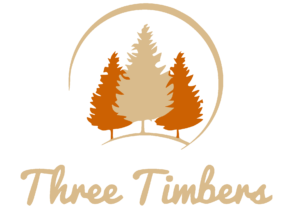Desert Drift Landscape
Sleek Suburban Outdoor Living
tts-landscaping-rendering
tts-arizona-xeriscape-example-graphic
Desert Shade Serenity
Curves and Cacti: A Desert Delight
Sustainable Chic: Xeriscape Meets Green
Desert Garden Pathway
Vibrant Front Yard Flourish
Elegant Outdoor Composition
Spacious Suburban Dream
Sophisticated Backyard Haven
Desert Oasis Curb Appeal
Twilight Serenity Lounge
Tranquil Garden Escape
Family Backyard Retreat
Tranquil Garden Retreat
Front Yard Splendor - Timeless Elegance
Modern Oasis











